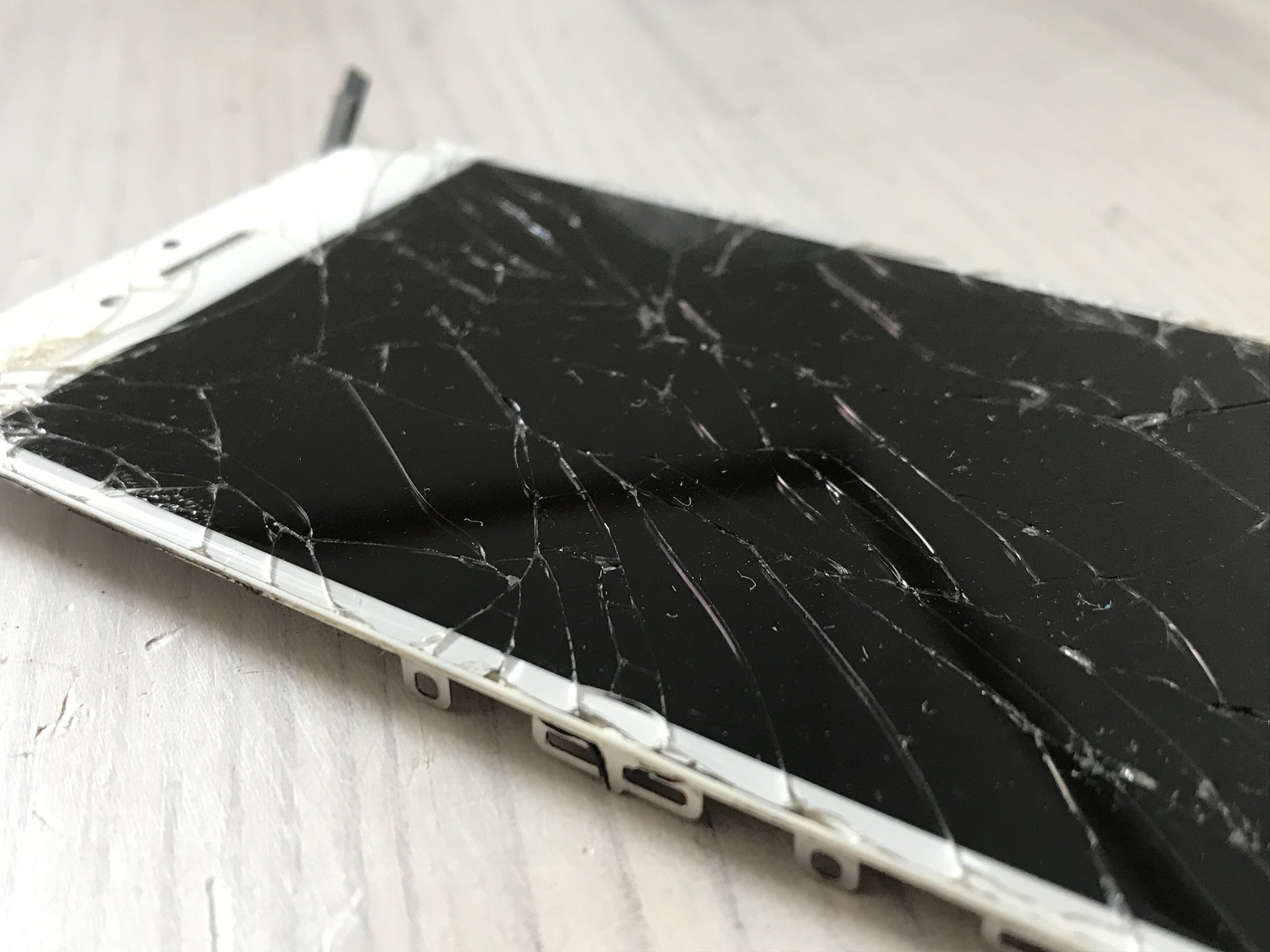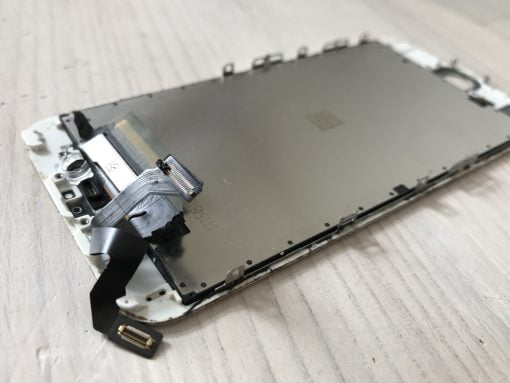An iPhone repair company in Norway sued by Apple in 2017 has lost in court of second instance against Apple as The Register reports. As a result, the owner will have to destroy the displays in question and pay a total of more than 20,000 euros in costs.
In court there was a dispute over about 60 iPhone displays. Although their panels were original, they were fitted with a new glass in China and were therefore reconditioned. The problem with the story was that the Apple logos on the products were not completely removed. Apple’s argument in court now was that these were fake products.
The court now also came to this conclusion. The fact that the applied Apple logos could lead to a confusion with original Apple parts seemed to be given. In this case, this is indeed a bad position for the defendant: if they had simply been copies without the Apple logo or used original parts, the verdict might have been different.
On the other hand, it could have been argued that you can do whatever you want with a product once you’ve bought it: I can give my defective display to a recycler and they can refurbish it – this has nothing to do with counterfeiting. For example, anyone who has ever bought a used, reconditioned engine for a car knows this. It is only functional again because a reconditioner has repaired it – without control of the actual manufacturer. Nevertheless, the engine is not a fake now, although outsiders cannot see that it does not come directly from the manufacturer and that it still bears the original logo.
Apple, however, does not want to open the repair business in order not to lose the income from it. This is partly very disadvantageous for customers, as spare parts for older devices are simply not available through official channels. Despite Apple’s constant emphasis on how sustainable the company is, they insist on simply throwing away defective devices.
We need rules for the repair situation
For many customers it would be absurd if they were only allowed to have their house repaired by the person who built it. Or if they were not allowed to take their car to an independent garage to have a cheap repair done. But just the last example had to be fought for in Germany: The manufacturers were simply obliged to make the repair documents available to small independent garages. We think that with the Right-to-Repair movement, this is also the case for electronics.
More and more people do not like the behaviour of companies like Apple. This is not about repairing three or four year old devices – we also give them to Apple because we simply want the best quality. But if the devices are a few years older it is simply environmentally irresponsible to throw the devices away because the manufacturer refuses to supply parts and then sues repair companies. Instead you are presented how sustainable the companies are. And yes, we can understand that: we didn’t get a display for our iMac from Apple anymore because: “Throw it away.” Of course we didn’t do that and helped ourselves elsewhere. It’s strange how you can become an economic punk nowadays by humanistic and sustainable behaviour.





